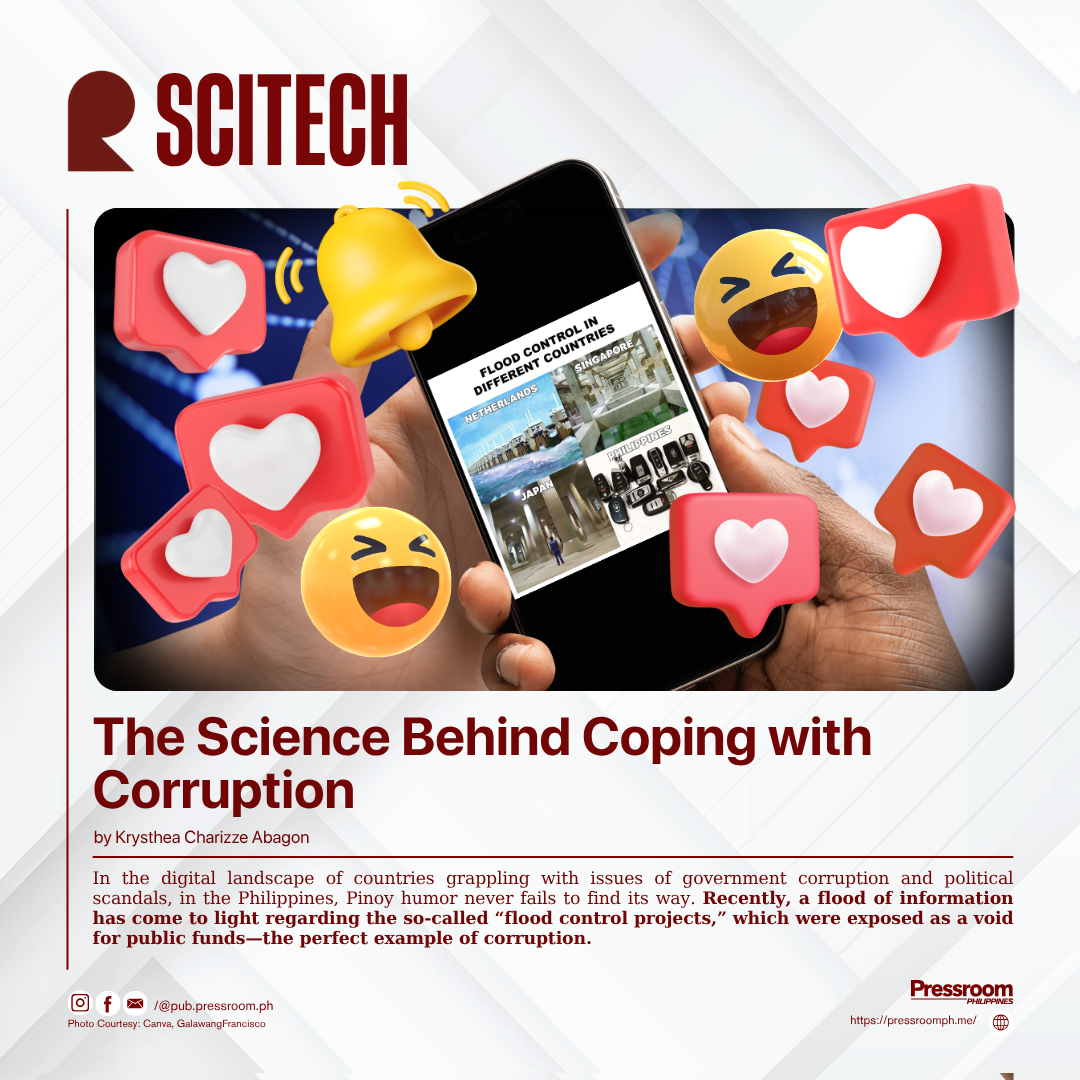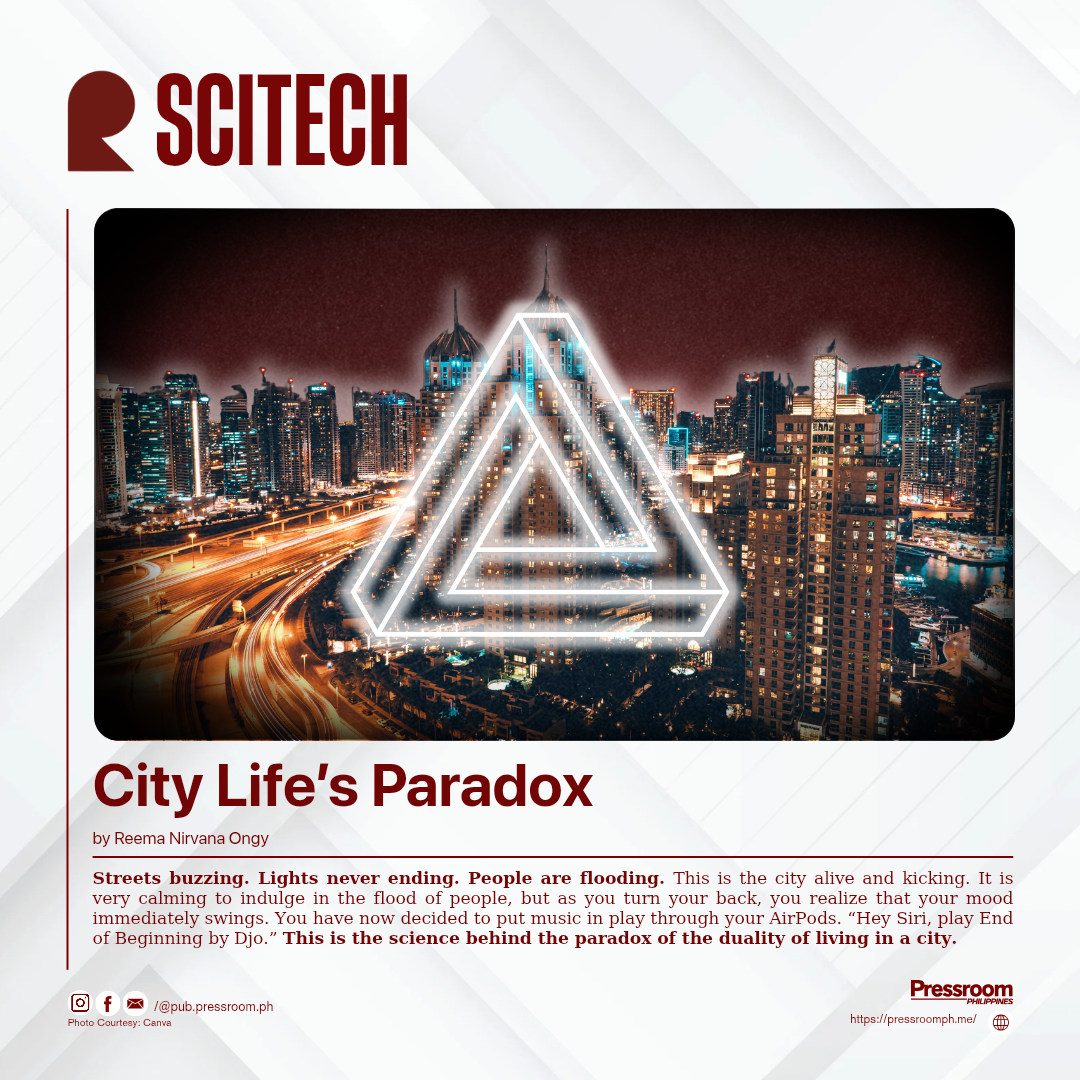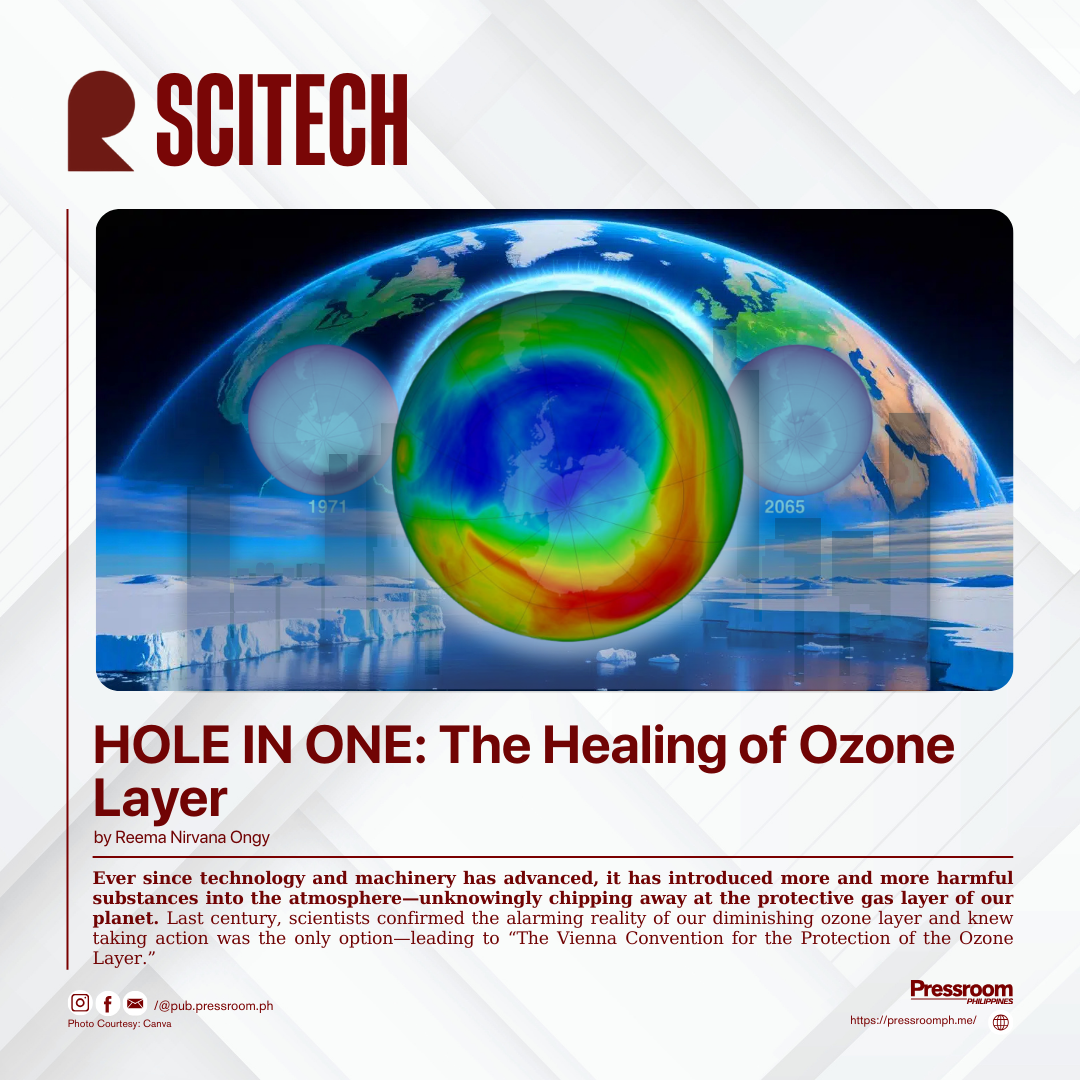𝗩𝗶𝗮 𝗠𝗮𝗿𝗸 𝗔𝗮𝗿𝗼𝗻 𝗕𝗮𝗹𝗯𝗶𝗻, 𝗣𝗿𝗲𝘀𝘀𝗿𝗼𝗼𝗺 𝗣𝗛
Across the planet’s lofty peaks and hidden valleys, glaciers stand as ancient sentinels, the vast vaults of freshwater and witnesses to Earth’s unfolding story.
According to a recent study in science, of the more than 200,000 glaciers outside Greenland and Antarctica, nearly 40% are already locked into disappearance due to past and current warming.
Even if global temperatures were to stabilize today, this committed loss would still raise sea levels by over four inches— evidence of the glaciers’ slow but inexorable retreat.
Yet hope glimmers on the edges of melting ice.
According to the same study, if warming is held to around one and a half degrees Celsius above pre‑industrial levels, more than 50% of glacier mass could be preserved, twice as much ice as current warming trajectories would allow.
On the contrary, should the planet warm to two point seven degrees Celsius, a path consistent with today’s climate policies, 66% of glaciers would still vanish, contributing over nine inches to sea‑level rise.
Every fraction of a degree matters. According to the researchers, each 10th of a degree Celsius of additional warming causes around a two‑percent loss in glacier mass and contributes nearly seven millimeters of sea‑level rise.
The consequences extend far beyond the silent retreat of ice.
According to data from the past two decades, melting glaciers have already provided 21% of observed sea‑level rise and altered the flows of rivers relied upon by nearly two billion people for drinking, irrigation, and hydropower.
As glaciers vanish, so too does the vital water they release, threatening food security, ecosystems, and socioeconomic stability in mountain and downstream communities alike.
To address the issue, the United Nations has designated 2025 as the International Year of Glaciers’ Preservation, a powerful symbol of the urgency we face.
Scientists agree that people must cut emissions and pursue climate action now, not later, if people wish to keep these icy giants alive for future generations.
Ultimately, the fate of our glaciers hangs in a delicate balance — a true test of our ability to respond to a warming world.
If we act with resolve, children of tomorrow may still gaze upon shimmering peaks and find freshwater, stability, and hope flowing from their ancient ice.




